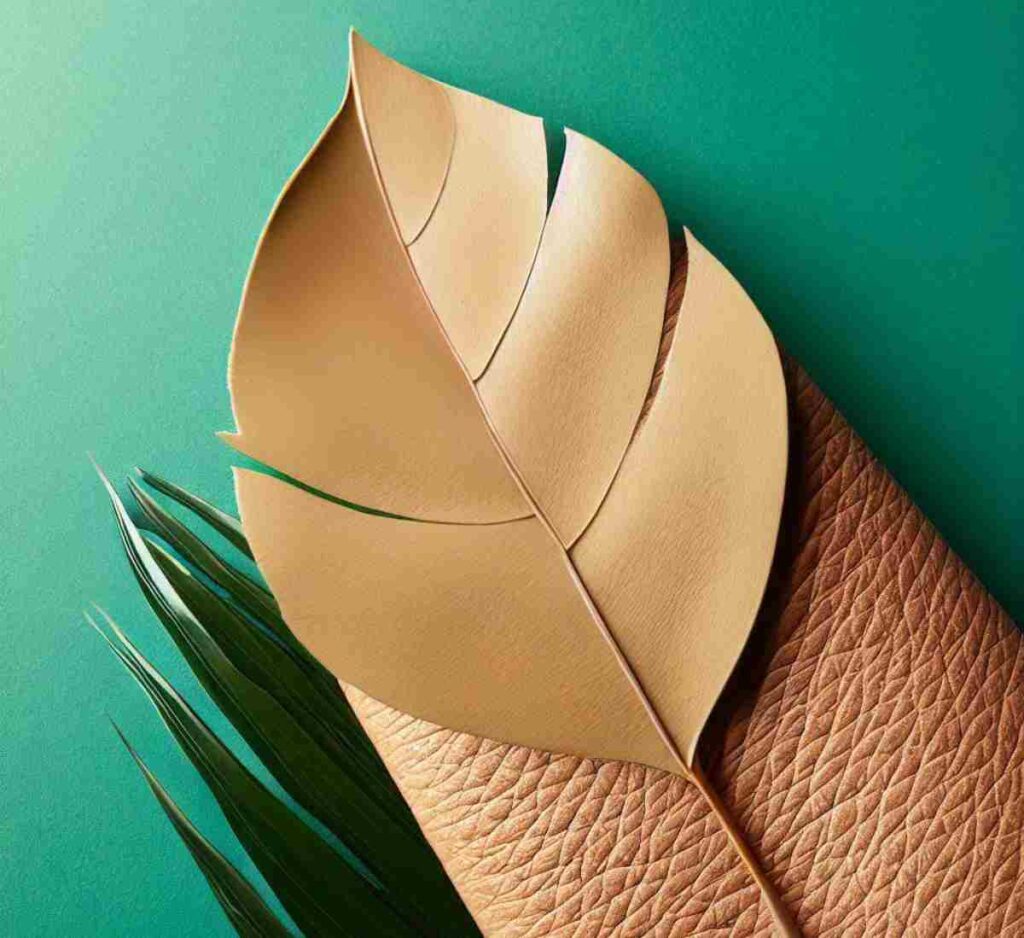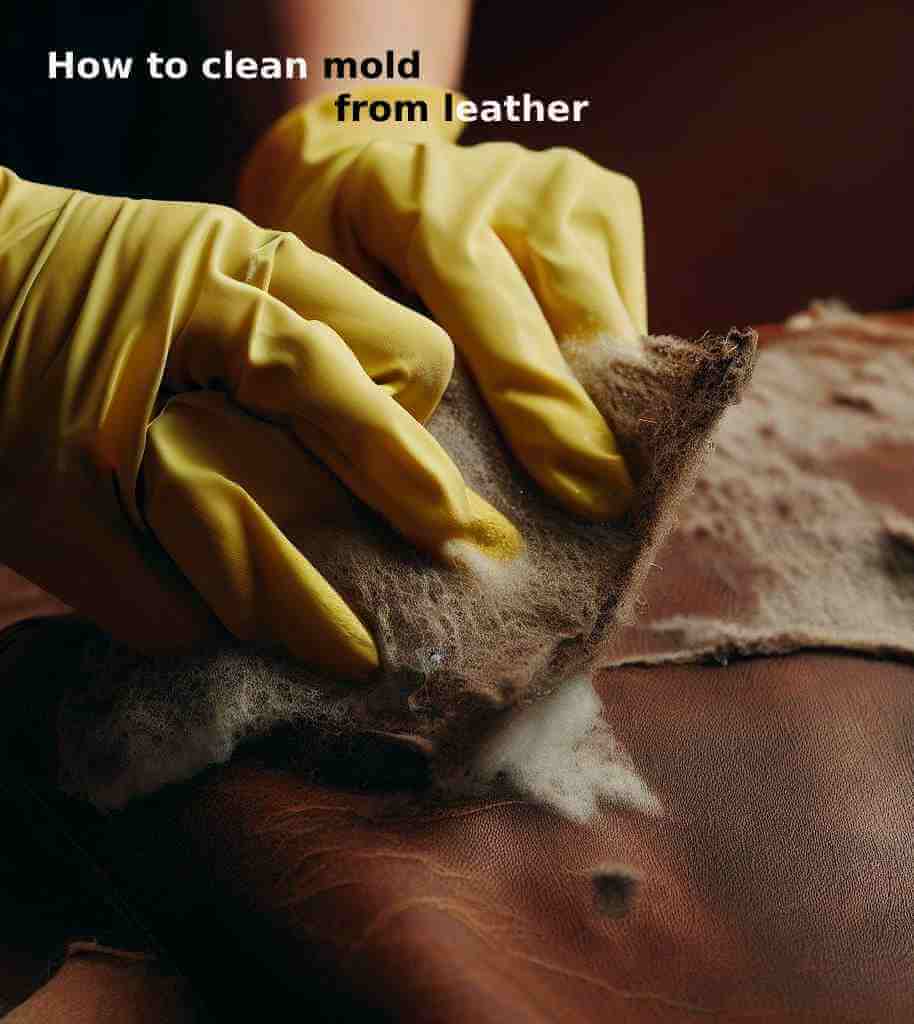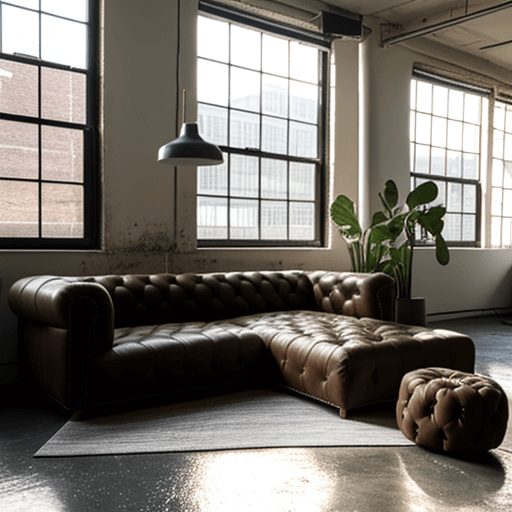What is pu leather made of
1. What is pu leather
Have you ever come across the term “PU leather” while shopping for bags, jackets, or furniture? If you’re like me, you may have wondered what exactly it is and why it’s gaining so much popularity. Well, let me shed some light on the subject and help you understand what PU leather is all about.
PU leather, also known as synthetic leather, faux leather, or leatherette, is a fascinating material that has been designed to imitate the look and feel of genuine leather. As someone who appreciates the beauty and versatility of leather but also values sustainable alternatives, I found myself intrigued by PU leather’s growing presence in the market.
Unlike genuine leather, which comes from animal hides, PU leather is entirely man-made. It is crafted using a combination of a fabric base and a polyurethane coating, hence the name “PU.” This synthetic material offers an appealing alternative for those who prefer not to use animal-derived products or are conscious of the environmental impact associated with traditional leather production.
Now, you might be wondering, why choose PU leather over genuine leather? Well, one of the key reasons is affordability. Genuine leather can be quite expensive, making it inaccessible for many people. PU leather, on the other hand, offers a more budget-friendly option without compromising on style or quality. This accessibility makes it a popular choice for fashion enthusiasts, homeowners, and even automotive manufacturers.
As we delve deeper into the world of PU leather, we’ll explore its manufacturing process, discuss its distinct characteristics, and even address the concerns surrounding its environmental impact. Whether you’re considering purchasing PU leather products or simply curious about this versatile material, this blog post will provide you with the knowledge and insights you need.
By the end of this blog post, you’ll have a comprehensive understanding of what PU leather is, its benefits, and how to care for it. and it uses Let’s dive in!
What Is PU Leather means?
When it comes to the world of fashion and interior design, the term “PU leather” has become increasingly prominent. As someone who has explored different types of leather alternatives, I’ve come to appreciate the unique qualities and benefits that PU leather brings to the table. Let’s delve deeper into what PU leather really is and how it is crafted.
The Basics of PU Leather
PU leather, short for polyurethane leather, is a type of synthetic leather that has gained immense popularity in recent years. It is often referred to as faux leather, artificial leather, or even leatherette. What sets PU leather apart is its ability to closely mimic the appearance and texture of genuine leather, while being entirely man-made.
To understand how PU leather is created, we need to take a closer look at its manufacturing process. The foundation of PU leather lies in a fabric base, typically made of polyester or cotton. This fabric serves as a stable substrate onto which a polyurethane coating is applied. The polyurethane coating gives PU leather its characteristic smooth and glossy surface, closely resembling the look of real leather.
Uniqueness of PU Leather in the Market
One of the remarkable aspects of PU leather is its ability to offer a customizable and versatile alternative to genuine leather. Unlike natural leather, which may have inherent variations in grain patterns and surface textures, PU leather provides a consistent and uniform appearance. This consistency allows designers and manufacturers to create products with precise specifications and desired aesthetics.
Furthermore, PU leather’s manufacturing process enables a wide array of finishes and textures that can mimic different types of leather, such as smooth grain, pebbled texture, or even exotic patterns like reptile skin. This versatility expands the possibilities for fashion, furniture, and accessory designers to create unique and innovative products that cater to diverse consumer preferences.
The Production of PU Leather
As we continue our exploration of PU leather, it’s fascinating to uncover the intricate process behind its creation. Understanding the manufacturing process sheds light on the craftsmanship and ingenuity involved in producing this versatile synthetic material.
Manufacturing Process of PU Leather
The production of PU leather involves several key steps to ensure the desired quality and durability. Once the fabric base is prepared, a liquid polyurethane coating is carefully spread or sprayed onto it. This coating undergoes a series of chemical reactions and drying processes, resulting in a bonded layer that adheres to the fabric.
During the production process, additional treatments and finishes can be applied to enhance the appearance and performance of PU leather. For instance, embossing techniques may be used to create textures like grain patterns, giving the material a more authentic leather-like feel. Various dyes and pigments can also be incorporated to achieve a wide range of colors, allowing for versatility in design options.
Step 1 – Fabric Preparation
The journey begins with the selection and preparation of a fabric base. Typically, polyester or cotton fabrics are chosen for their stability and ability to hold the polyurethane coating. The fabric is carefully inspected for any imperfections, ensuring a smooth and consistent surface for the subsequent coating process.
Step 2 – Polyurethane Coating
Once the fabric is prepared, the next step involves applying a polyurethane (PU) coating. This coating, often in liquid form, is spread or sprayed onto the fabric base. The liquid polyurethane undergoes a chemical reaction that leads to the formation of a bonded layer, permanently adhering to the fabric.
Step 3 – Bonding and Drying
After the polyurethane coating is applied, the fabric is subjected to a bonding and drying process. During this stage, the polyurethane undergoes further chemical reactions, cross-linking and bonding with the fabric fibers. The fabric is carefully monitored to ensure proper adhesion and uniformity of the coating.
Step 4 – Finishing Touches
To enhance the appearance and performance of PU leather, additional treatments and finishes can be applied. These finishing touches play a crucial role in creating various textures, colors, and patterns, giving the PU leather a more authentic and visually appealing look.
For instance, embossing techniques can be employed to create grain patterns, adding depth and texture to the surface of the PU leather. Dyes and pigments are introduced during the finishing process to achieve a wide range of colors, allowing for creative designs and customization options.
Distinction Between PU Leather and Genuine Leather
it’s important to understand how it differs from genuine leather. While both materials have their merits, there are several key distinctions that set them apart. Let’s explore the characteristics that differentiate PU leather from its genuine counterpart.
Material Source and Composition
The primary distinction between PU leather and genuine leather lies in their material source and composition. Genuine leather is derived from animal hides, such as cowhide, sheepskin, or pigskin. It undergoes a tanning process to preserve the animal hide, resulting in a natural and unique material.
On the other hand, PU leather is entirely man-made and does not involve the use of animal products. It is composed of a fabric base, typically polyester or cotton, which is coated with a polyurethane layer. This synthetic composition allows for greater versatility in design and customization options.
Texture and Appearance
Another notable difference between PU leather and genuine leather is their texture and appearance. Genuine leather showcases natural variations in grain patterns, wrinkles, and scars, making each piece unique. Over time, genuine leather develops a patina, adding to its character and charm.
In contrast, PU leather has a consistent texture and appearance. Its surface is smooth and glossy, mimicking the look of genuine leather. While some embossing techniques can be used to create patterns and textures on PU leather, it lacks the natural variations found in genuine leather.
Durability and Longevity
When it comes to durability and longevity, genuine leather has a well-deserved reputation. With proper care, it can withstand the test of time, developing a rich and aged appearance. Genuine leather possesses inherent strength and resilience, making it a durable choice for various applications.
While PU leather may not have the same level of durability as genuine leather, it still offers satisfactory longevity. PU leather is designed to be resistant to fading, cracking, and peeling, ensuring that it maintains its appearance over time. With proper care and maintenance, PU leather products can serve their purpose for a significant duration.
Price and Accessibility
One of the most significant advantages of PU leather over genuine leather is its affordability and accessibility. Genuine leather, due to its material source and the intricacies of the tanning process, tends to be more expensive. This higher cost can limit its accessibility to a broader range of consumers.
In contrast, PU leather provides a cost-effective alternative without compromising on style and quality. The synthetic manufacturing process allows for more affordable production, making PU leather products accessible to a wider audience. This accessibility has contributed to the popularity of PU leather in the fashion and interior design industries.
| Aspect | PU Leather | Genuine Leather |
| Material Source | Man-made, synthetic material | Derived from animal hides |
| Texture and Appearance | Can mimic various textures and patterns | Natural variations in grain patterns |
| Durability | Resistant to cracking, peeling, and fading | Prone to aging, may develop patina |
| Affordability | Generally more affordable | Often more expensive |
| Sustainability | Varied, depending on production methods | Concerns about ethical sourcing |
| Customization Options | Wide range of colors, textures, finishes | Limited by natural characteristics |
| Care and Maintenance | Relatively easy to clean and maintain | Requires specialized care and upkeep |
| Applications | Fashion, upholstery, accessories, etc. | Fashion, furniture, automotive, etc. |


